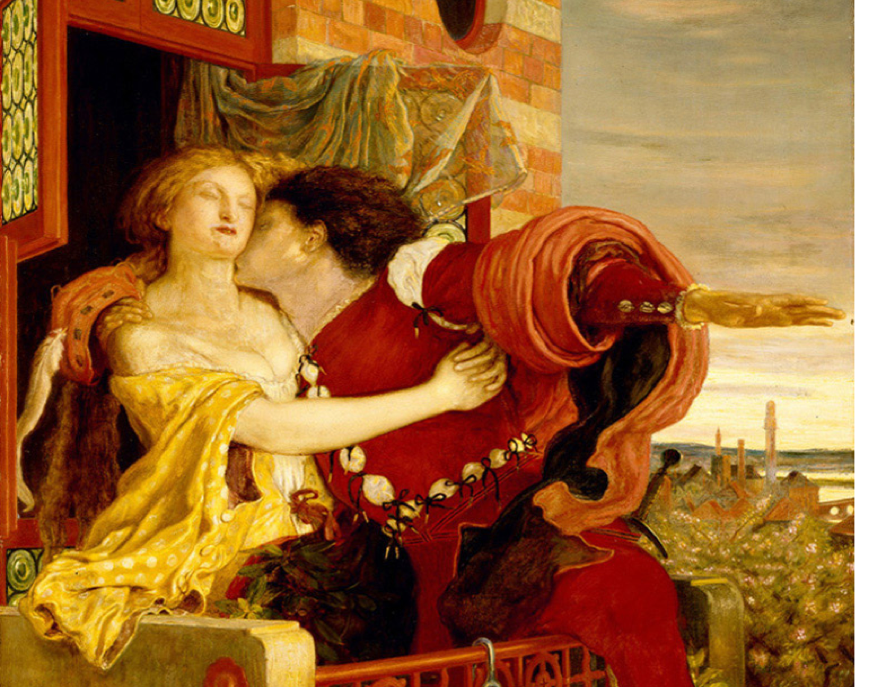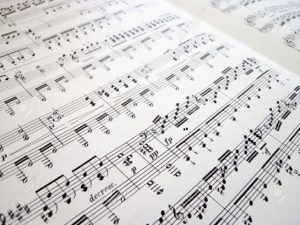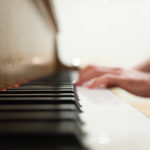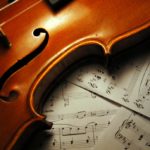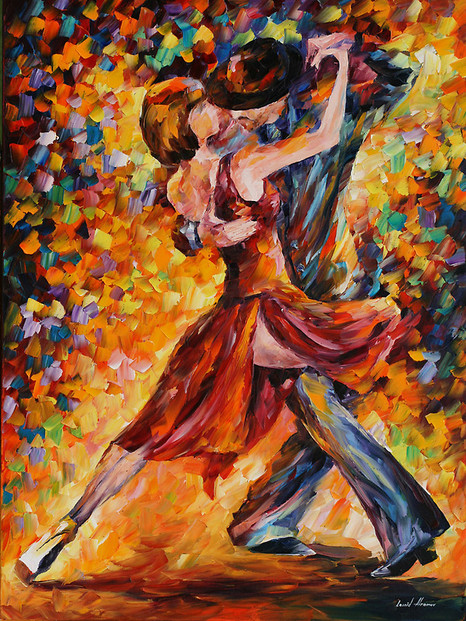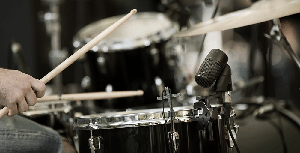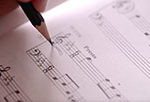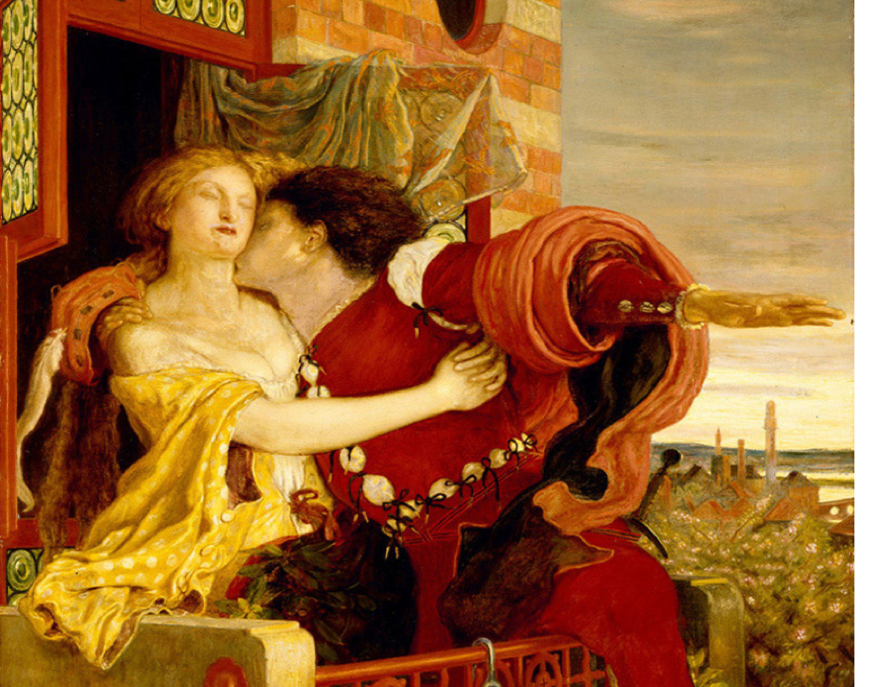
Sergei Prokofiev’s rendition of the love story is a ballet, performed by an orchestra and dancers. The history and first performances of the work connect music to its context, in this case the ideology and state control.
Born in 1891, Sergei Prokofiev moved to the United States in 1918 and then Germany and France. He started visiting the Soviet Union in 1927, 1929, and 1932. In 1932 he rented a flat in Moscow but still main resided in Paris. In the summer of 1936 he moved back to the Soviet Union with his wife and two sons. Romeo and Juliet was among the first works he composed upon his return and one of the two non-political works in these years, along with his Cello Concerto op. 58 (1938).
This ballet's first performance did not take place in Russia but instead in Brno, Czechoslovakia in December 1938 and was finally performed in Russia in 1940 by the Kirov Theatre in Leningrad with choreography by Leonid Lavrosky and lead characters by Konstantin Sergeyev and Galina Ulanova. The first among the three orchestra suites did received a premiere in Russia at the Bolshoi Theatre in Moscow in November 1936.
This ballet's first performance did not take place in Russia but instead in Brno, Czechslovakia in December 1938 and was finally performed in Russia in 1940 by the Kirov Theatre in Leningrad with choreography by Leonid Lavrosky and lead characters by Konstantin Sergeyev and Galina Ulanova.
Interestingly, this is one of the few works that call for a tenor saxophone. In the excerpt below, you can hear a memorable solo by the tenor saxophone replaying the Knights' theme. Besides the saxophone, other rare instruments this ballet also calls include two mandolins and a viola d'amore.
Structurally, the ballet has four acts, nine scenes, and 52 episodes total, abridged from Shakespeare's five-act play. Since no voices are used in a ballet, the characters are represented by themes, or motifs, in music and the modification and variations of the themes portray the characters' development and changes, a technique associated with Richard Wagner. Besides characters, a situation (like death), an object (like a mask), or an idea (like love) is also attached to a theme and of course can be transformed.
Prokofiev also composed three orchestral suites of this ballet. The first among the three orchestral suites was premiered in Russia at the Bolshoi Theatre in Moscow in November 1936. An orchestral suite is a group of instrumental pieces meant to be performed as a set in the Baroque period and compiles excerpts from a larger work, usually an opera or ballet, later on. In this case, the orchestral suites capture key works in the ballet and almost function as a trailer or a cliff note. Below is a recording of the second orchestral suite, conducted by Prokofiev in 1938. The Dance of Knights, and again the tenor saxophone, is used towards the beginning of the suite.
Prokofiev conducts Suite No. 2
Suite No. 1, No. 6 “Romeo and Juliet
Score:
The love theme, which appears in 5 after rehearsal 57 in Suite No. 1 and played by woodwinds and strings, convey the similar traits to the two previous love themes: tender, songful, and tonal.
It’s also repeated in the ballet, for example, at 2:24:55 in the full ballet. At 2:29:53 of the same recording, a varied version of the theme is played by the clarinet.
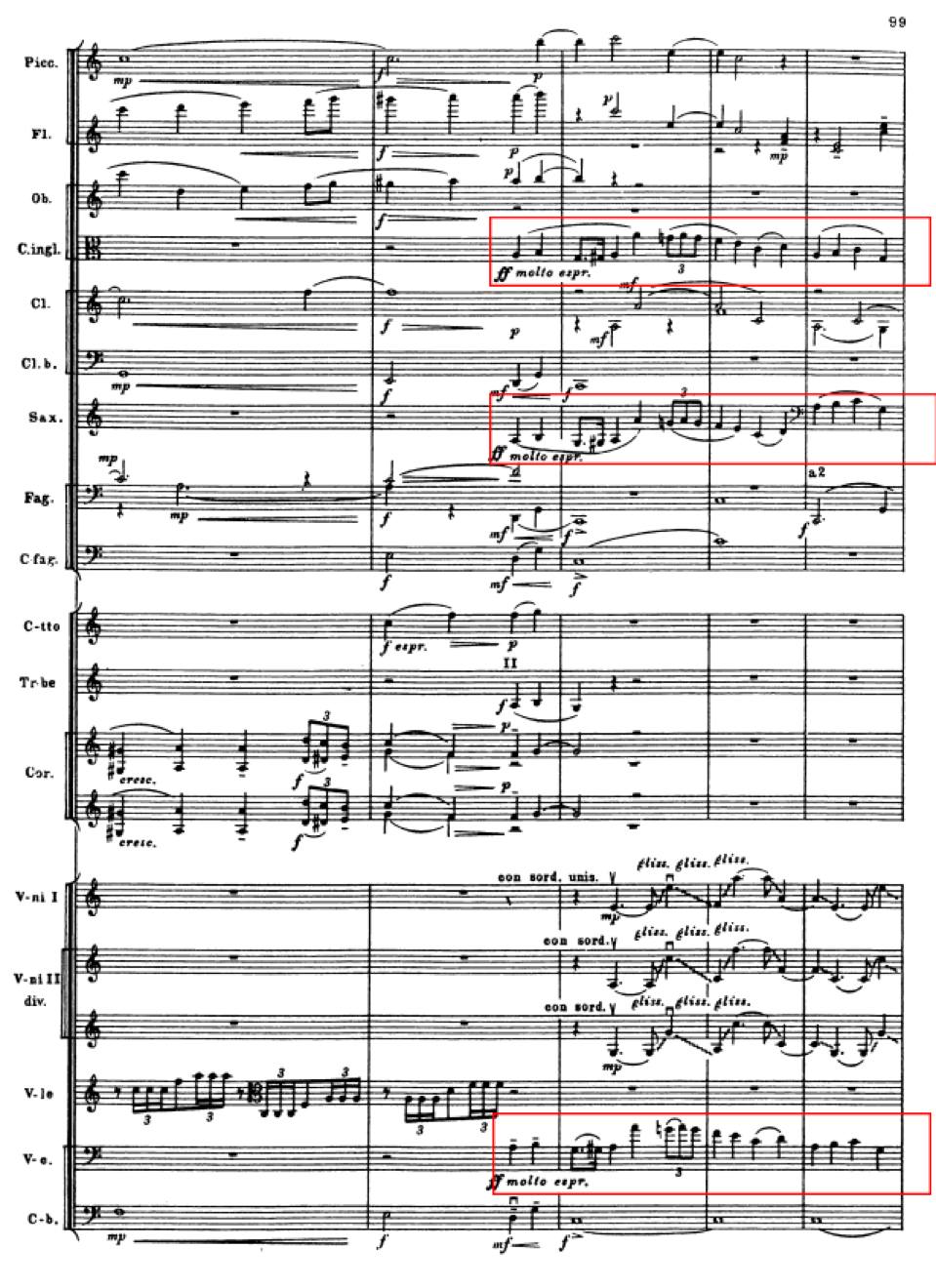
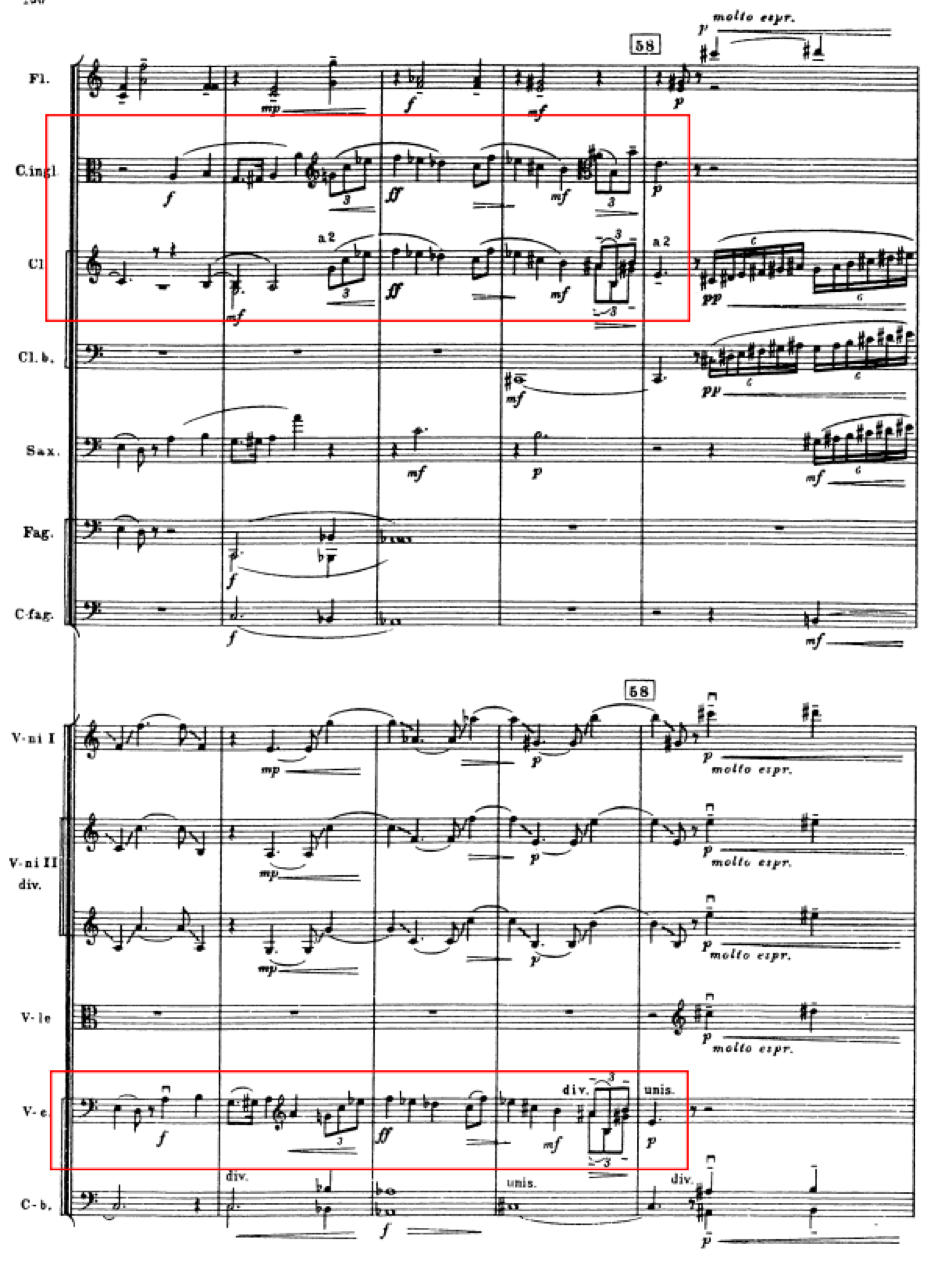
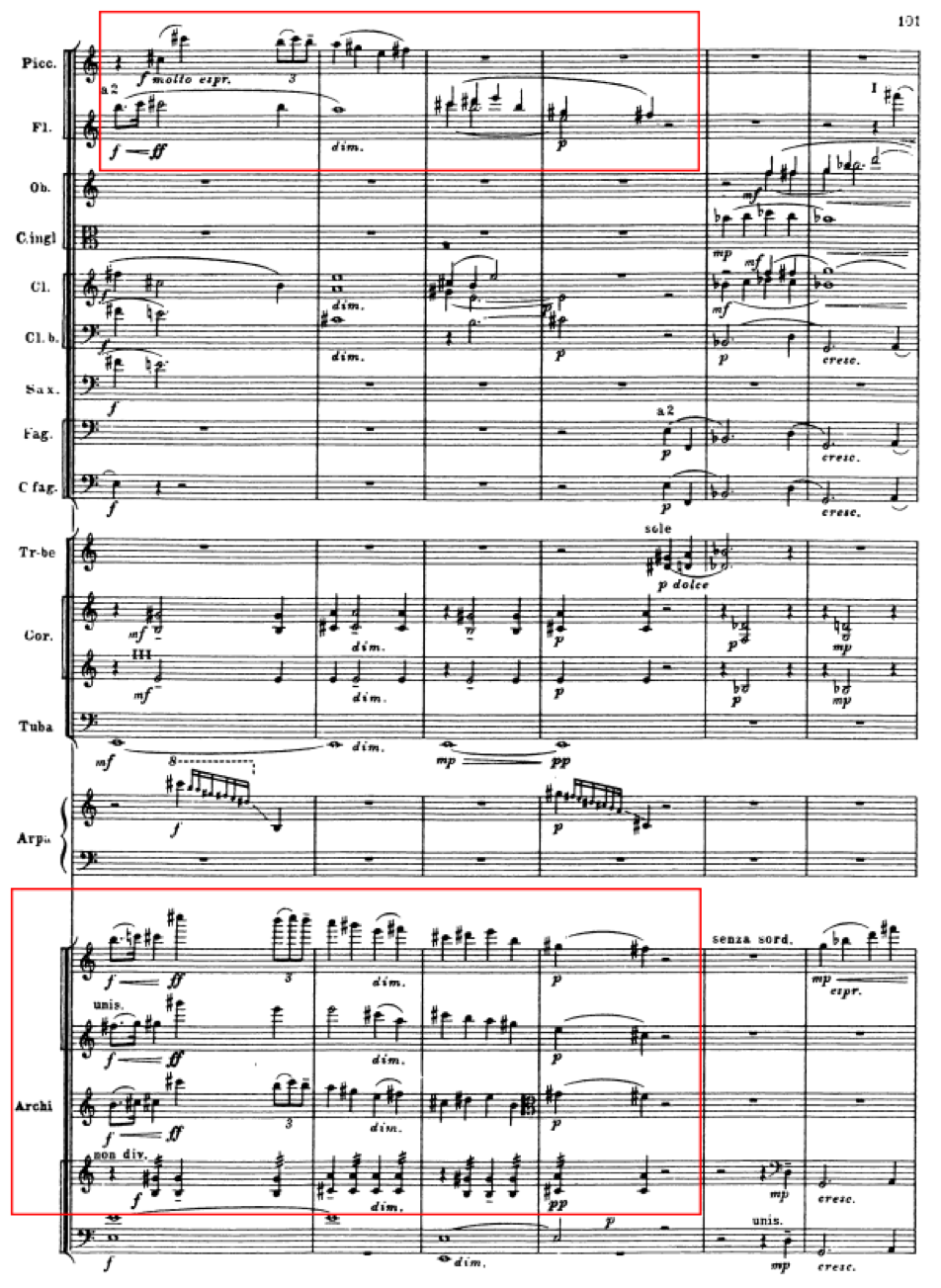
Example 3.1: Love theme, 5 after rehearsal 57 to 4 after rehearsal 58 of Prokofiev’s Romeo and Juliet Orchestral Suite 1, No. 6 (5:16)
Click here for the full scores of the ballet.
Conclusion
These works by Berlioz, Tchaikovsky, and Prokofiev demonstrate the variety of ways for composers to represent the same story. Nonetheless, all of them have a tender-sounding love theme that helps narrate the love story. It’s as if three film producers decided to use the same story for their movies. Not only the individuals but also the time periods, technology, and format determined the end result of the adaptation, but all renditions are centered on love.
Ready to learn music?
Start learning with our 30-day free trial! Try our music courses!
About Liberty Park Music
LPM is an online music school. We teach a variety of instruments and styles, including classical and jazz guitar, piano, drums, and music theory. We offer high-quality music lessons designed by accredited teachers from around the world. Our growing database of over 350 lessons come with many features—self-assessments, live chats, quizzes etc. Learn music with LPM, anytime, anywhere!

